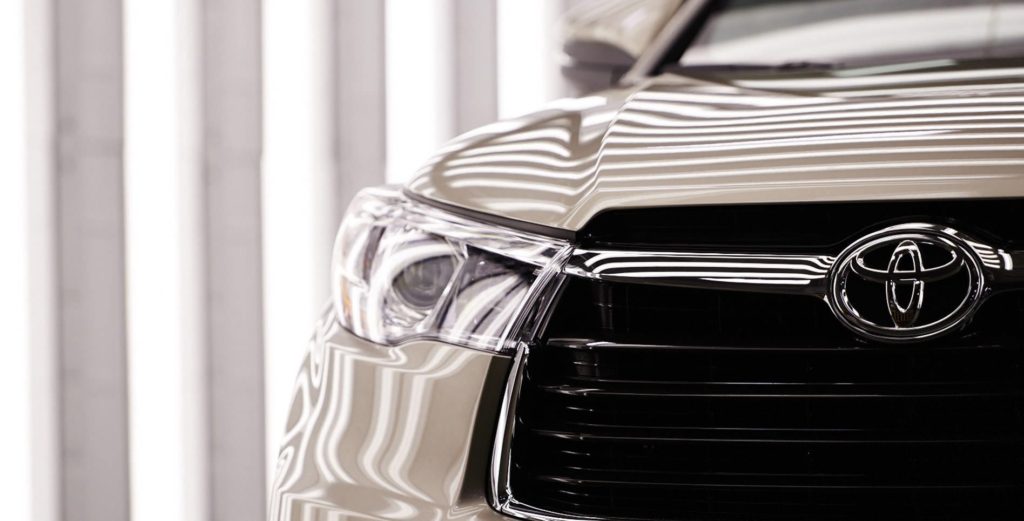Toyota spends in excess of $10bn annually on automotive research and development. That pile of money buys the company incremental improvements in nearly all aspects of driving, from seatbelt and airbag design to handling, precision manufacturing, and ergonomics. However, in order to keep its leading edge, the Toyota Motor Corporation is expected to up the ante and significantly increase its R&D budget in an attempt to catch up with Silicon Valley upstarts such as Google and Tesla Motors in the development of autonomous vehicles – the driverless cars of the future.
Whilst Toyota has traditionally relied on high-tech manufacturing techniques to produce top-quality cars at competitive prices, the company was caught napping as moneyed and visionary entrepreneurs and companies started tinkering with self-driving cars in the US. More than a passing fad, autonomous vehicle technology is fast approaching mass market deployment with US lawmakers already preparing the required legislation and insurance companies pondering potentially thorny risk and liability questions.
Toyota did, of course, scoop the market with the first mass-produced hybrid vehicle. Since its introduction in 1997, the Prius went on to sell over 5.7 million units worldwide. The car is now in its fourth generation and remains the most fuel efficient non-plug-in vehicle available.
So far, the company only dabbled in the all-electric vehicle segment, although it did register promising results with two generations of the RAV EV destined for the notoriously emission-conscious California market. Between 1997 and 2014, close to 4,000 units of the compact SUV were leased to the public with most lessees opting the buy the vehicle outright at the end of the contract.
However, the RAV EV boasted a range of barely a hundred miles and its battery pack, deemed a consumable item, costs more to replace once depleted than the car is worth. With a drive-away price of around $29,000, after $14,000 in fiscal rebates, the small all-electric SUV proved a hit and allowed to Toyota to dip its corporate toe in the EV (electric vehicle) market to gauge its sentiment.

However, Toyota thinks the future points elsewhere. The company diverted considerable resources to the development and marketing of the hydrogen-powered Mirai car, using fuel cell technology and one of the first of its kind to be offered to the public.
The Mirai (“future” in Japanese) was unveiled at the 2014 Los Angeles Auto Show and went on sale the following year. Though production volumes remain low, the four-door sedan is being sold as fast as it rolls off the assembly line. The car retails for around $57,000 in the US, less any government incentives.
The Mirai represents nothing short of a breakthrough: it covers a distance of up to 500km on a single tank with a fuel economy of 79 mpge (miles per gallon equivalent). The US Environmental Protection Agency has certified Mirai as the most efficient hydrogen fuel cell vehicle on the market and the one offering the largest range.
With that achievement under its corporate belt, Toyota Motor Corporation is now ready to face the driverless future. The company predicts that truly autonomous vehicles will remain in the realm of science fiction for a few more decades, and instead decided to concentrate on technologies to improve the interface and interaction between driver and vehicle. To do that, the company recently launched the $1bn Toyota Research Institute with offices in Silicon Valley, Michigan, and Cambridge, Massachusetts. The institute, run by robotics researcher Gill Pratt, has already established partnerships with Stanford University and MIT (Massachusetts Institute of Technology) to explore new approaches to the way cars and drivers get along.
Stanford’s research into artificial intelligence may be leveraged to keep drowsy drivers safe and help anticipate possible trouble – a cyclist wobbling down the road or an angry driver cutting in and out of lanes – which could put the car into defensive driving mode or, another area of interest, link to other vehicles to jointly coordinate a response that ensures nothing gets hit and nobody gets hurt.
Traditionally, Toyota Motor Corporation had led the industry – and, indeed, became its top player – by implementing small design changes continuously to arrive at an often revolutionary result. The company has rarely taken blind leaps of faith, embracing unproven and/or untested technologies, preferring instead to lead with modesty backed up by quality throughout. Of course, Toyota also gathered an impressive number of firsts 78-year-long corporate history. It is precisely this concerted effort – high-tech supplemented by incremental changes leading to near-perfection – that has made Toyota Motor Corporation into a winner. The company is thus a shoe-in for the Best Automotive Technology Global Award.





























